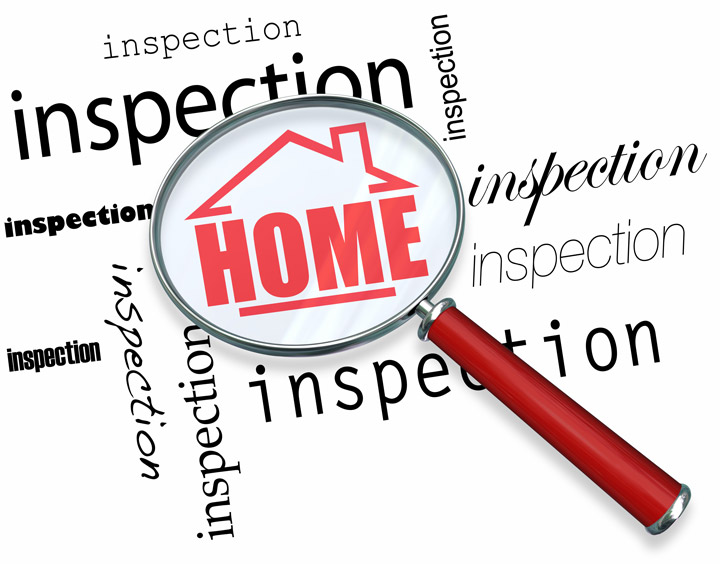
What Is an Appraisal?A home purchase can be the most significant financial decision many might ever consider. Whether it's a primary residence, an additional vacation property or a rental fixer upper, purchasing real property is a complex transaction that requires multiple parties to make it all happen. Practically all the participants are very familiar. The real estate agent is the most familiar face in the exchange. Then, the bank provides the financial capital required to fund the exchange. And ensuring all details of the exchange are completed and that a clear title transfers to the buyer from the seller is the title company. So, what party makes sure the value of the real estate is in line with the amount being paid? This is where the appraiser comes in. We provide an unbiased opinion of what a buyer could expect to pay — or a seller receive — for a parcel of real estate, where both buyer and seller are informed parties. A licensed, certified, professional appraiser from Sauter and Associates will ensure, you as an interested party, are informed. Appraisals start with the home inspectionOur first task at Sauter and Associates is to inspect the property to determine its true status. We must physically view aspects of the property, such as the number of bedrooms and bathrooms, the location, living areas, etc, to ensure they indeed are there and are in the condition a typical person would expect them to be. The inspection often includes a sketch of the floorplan, ensuring the square footage is proper and conveying the layout of the property. Most importantly, the appraiser identifies any obvious amenities - or defects - that would have an impact on the value of the house. Once the site has been inspected, an appraiser uses two or three approaches to determining the value of real property: a sales comparison, a replacement cost calculation, and an income approach when rental properties are prevalent. 
Replacement CostHere, the appraiser pulls information on local building costs, labor rates and other elements to ascertain how much it would cost to replace the property being appraised. This figure often sets the maximum on what a property would sell for. The cost approach is also the least used method. 
Sales ComparisonAppraisers are intimately familiar with the subdivisions in which they work. They thoroughly understand the value of particular features to the homeowners of that area. Then, the appraiser researches recent sales in close proximity to the subject and finds properties which are 'comparable' to the home in question. By assigning a dollar value to certain items such as remodeled rooms, types of flooring, energy efficient items, patios and porches, or additional storage space, we adjust the comparable properties so that they are more accurately in line with the features of subject.
A valid estimate of what the subject might sell for can only be determined once all differences between the comps and the subject have been evaluated. At Sauter and Associates, we are experts when it comes to knowing the value of particular items in Bargersville and Johnson County neighborhoods. This approach to value is most often awarded the most importance when an appraisal is for a home exchange. Valuation Using the Income ApproachIn the case of income producing properties - rental houses for example - the appraiser may use an additional way of valuing a property. In this case, the amount of revenue the real estate yields is taken into consideration along with income produced by comparable properties to determine the current value. The Bottom LineCombining information from all applicable approaches, the appraiser is then ready to put down an estimated market value for the property in question. It is important to note that while this amount is probably the most reliable indication of what a property is worth, it may not be the final sales price. Prices can always be driven up or down by extenuating circumstances like the motivation or urgency of a seller or 'bidding wars'. Regardless, the appraised value is often used as a guideline for lenders who don't want to loan a buyer more money than they could get back in case they had to put the property on the market again. Here's what it all boils down to, an appraiser from Sauter and Associates will help you get the most fair and balanced property value, so you can make the most informed real estate decisions. |